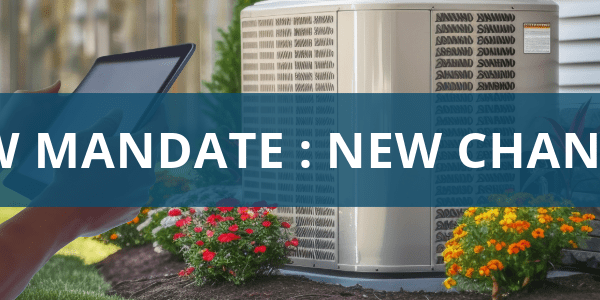The Heart of HVAC Design

Many in the building industry believe that the heart of a home is the HVAC system, but what is the heart of the HVAC system?

Essential HVAC Design Components
Just as a heart has four chambers that work together to pump blood around the body, the HVAC system has four components that, when integrated, create a system that works in unison to create comfort in the home.
- Manual J evaluates and describes the tight well-defined and constructed thermal envelope.
- Manual S provides guidance for how to properly size the heating and cooling equipment.
- Manual D directs the design of the duct system that will deliver conditioned air around the home.
- The ASHRAE 62.2 standard ensures that we have the proper balance between air tightness, efficiency, durability and comfort with ventilation needed for the occupants and background moisture control.
In the Heart of the HVAC System: Manual J
The manual J is used to determine the heating and cooling load for the house and directs us toward the heart of the HVAC design. The objective of the heating and cooling load is to tell the designer how much energy is needed to achieve the design goals with a specific thermal envelope and piece of mechanical equipment.
The International Energy Conservation Code (IECC) and the International Building code (IRC) both lay the groundwork for the HVAC design. These codes give us design temperatures. In other words, they tell us the temperature difference (or Delta T) between inside and outside in the winter and summer seasons.
The R-values and U-values of the thermal envelope resist or slow the movement of energy from the inside to the outside in the winter and from the outside to the inside in the summer through the building envelope. The thermal envelope happens to be one of the most important components in the HVAC heart because its execution determines the success of most of the other interactions that take place to allow the home to be efficient, durable, safe, and comfortable. The IECC lays out climate zone-specific minimum R-values and U-values and construction installation techniques that have been deemed to create comfort in each area of the country.
When a designer inputs the specification for the insulation, windows, air barriers, and assemblies into the software to create the heating and cooling load for the house at the summer and winter design temperatures, the assumption is that the installation of the specification is perfect. The installed R-value is achieved, the house is airtight, and there is complete alignment between the thermal barrier and the air barrier of the home, as required by the IECC to ensure that the energy generated by the furnace and AC system will heat or cool the house during worst case conditions.
A well-designed and constructed thermal envelope better resists the flow of energy through its assemblies. If the insulation, airtightness, and alignment of the air barrier and thermal barriers of the home are not executed well, modern HVAC systems that are not correctly sized could have difficulty maintaining comfort in the home.
The ultimate objective is for the systems to run continuously to maintain the indoor design temperature when the worst case outdoor temperature has been reached or exceeded for those few hours of a day.
If you thought that oversizing the system is a technique to ensure comfort, you would be wrong. In our modern homes oversizing leads to equipment that will not perform properly – freezing coils, short cycles, etc.
Our homes are integrated systems that rely on each component of the system to work in unison with the other components. This is why EnergyLogic begins our HVAC design process with an understanding that we will evaluate the construction of the thermal envelope and its compliance with the requirements of codes and programs that aim to ensure that high-performance homes perform.
Our homes are integrated systems that rely on each component of the system to work in unison with the other components.




